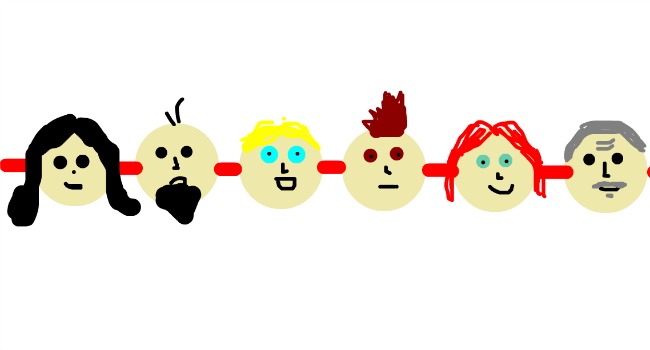Hiring managers must walk a line when writing job descriptions — they must understand not only how to describe the position and its necessary skills, but also sell both the position and the workplace culture to qualified candidates. - Robert Half
The field of design right now is awash with poorly written job descriptions for designers. These descriptions ask for a range of skills and experience that few people could ever possess to a world class or even a professional standard. Even if you did magically find that one unicorn designer, there simply wouldn’t be enough time for him or her to take on all the responsibilities described in your average job ad - they would be spread way too thinly to be effective.
Design now requires a broad range of skills and experience. Few if any individual designers can deliver well on all fronts. When we hire in Fluid UI, we think in terms of jobs to be done, and then hire someone with the right aptitude for that area and who will complement the current team.

Don’t hire people who are just like you, bring in people who enhance the team by being brilliant in it’s weakest areas. Diversity is the key to a successful organisation.
Our hiring process starts by breaking down all the responsibilities we see for that team (we follow the same approach for the marketing, development and other teams too). As a company, we have a constant open conversation with each member of our team about their current level of expertise and goals, which means continuously asking each person what skills they are most interested in improving next. This means that when it comes to growing the team, it is relatively easy to identify the weakest areas and the ones that we most urgently need to fix.

In design, we broadly break down the skills into the following categories:
The researcher
“That’s a great idea. Let me talk to our feedback squad and make sure that it matches their expectations.”
The analyst
“Users aren’t using the sharing feature, we are well below industry averages there.”
The visual designer
“I need to do a pixel perfect review before this goes live.”
The interaction designer
“We can simplify the steps for adding friends from Facebook and add some visual feedback when the button has been clicked”.
UI developer
“I’m using bootstrap as the basis for my responsive design”
Give each member of your team 10 interest points to spend on the categories above - a mixture of where they see themselves as currently skilled and what they want to learn about next. The position with the least points assigned when they are all added up is the one where you most likely need to focus your hiring description.
When your team is small, the need to find someone with a broad skillset is important but as the team grows more granular skills and experience become the focus. Each member of the existing team is asked to choose the area of expertise they are most interested in focusing on. They can then spend time mastering that one area within the company.

If people knew how hard I had to work to gain my mastery, it would not seem so wonderful at all. - Michelangelo
The maturity and focus on design in your organisation also plays a key role in prioritising your hiring process. Large organisations with poor design budgets are likely to start with the visual aspects (graphic design) and not expand much from there. Other companies who are more design driven are likely to grow initially from a usability perspective, with a layer of polish being added slightly later on.
If you had an unlimited budget but could only hire one person - a junior, senior or director level designer, which would you choose?
The answer is not always as straightforward as hiring the most experienced practitioner. A junior designer will lack in experience, but can be moulded to fit the needs of the company at a better price. An experienced designer may be focussed on doing the things they enjoy, expanding into new design areas or looking to move on to the management ladder. A director will expect to lead a team and have people doing the design work for him. He may not be interested in getting his hands dirty with actual design work and would be a bad first hire unless the immediate goal is to hire a full design team to support him.